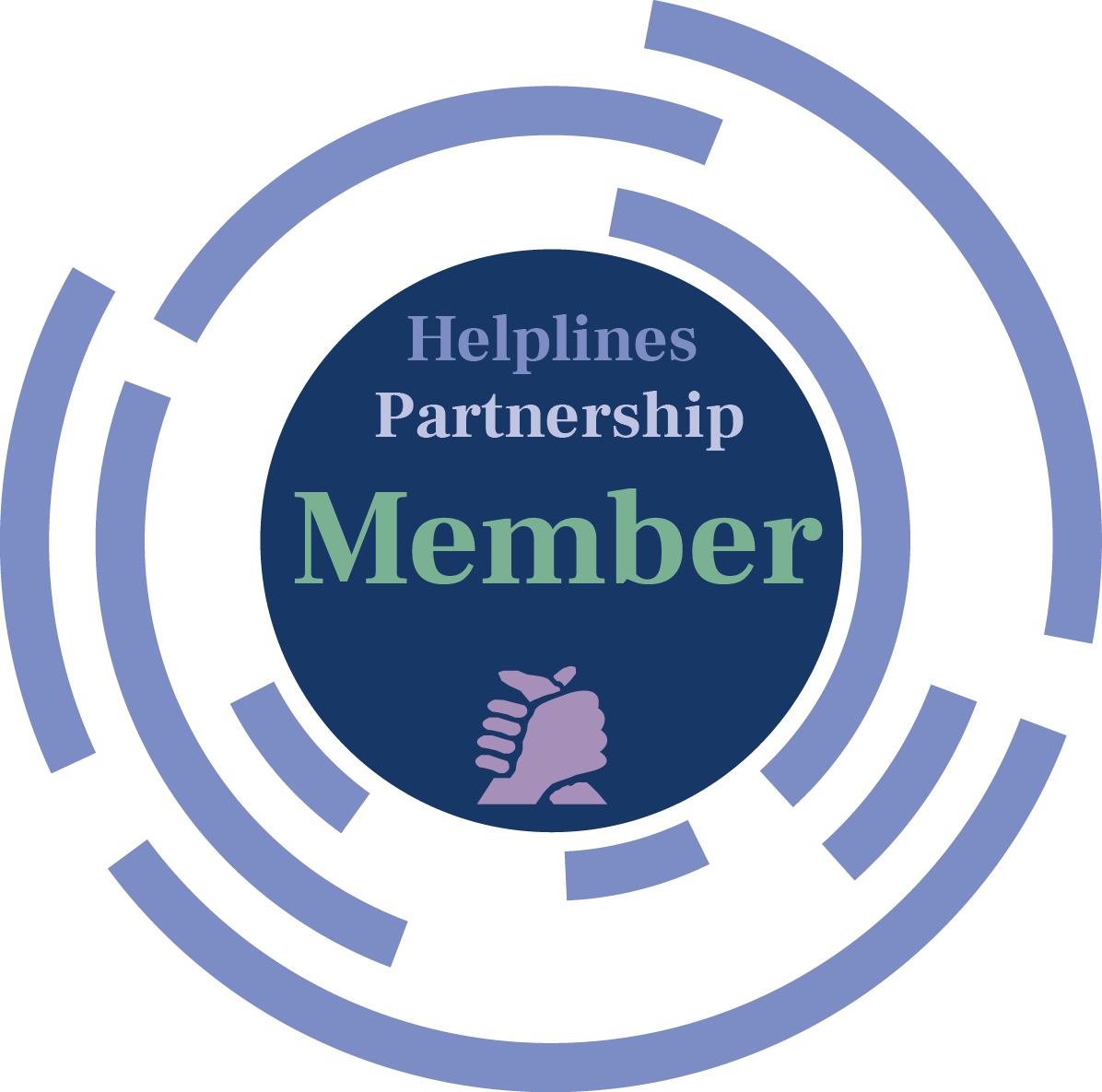The problem
Many of the symptoms seen in seriously ill babies are also common in babies who are well or only mildly ill. This makes it difficult for families to know when their baby needs to see a medical professional.
However, if a baby is seriously ill, it’s important to seek medical attention as soon as possible. This early intervention ensures their condition is managed properly and greatly increases the chance of a positive outcome.
The context
To help families identify serious illness, The Lullaby Trust originally produced a leaflet based on research they had commissioned by The University of Cambridge and Birmingham Community Healthcare NHS Foundation Trust. This was later reproduced as a phone app to make it more user-friendly.
However, that research is now many years old and clinical guidelines are constantly evolving. It was time for an update…
The research
In 2023, we commissioned the EASIER team, based at The University of Plymouth, to identify the signs and symptoms of serious illness in babies under the age of 6 months.
Step 1: Review Clinical Guidelines
The team reviewed 14 recent clinical guidelines around recognising serious illness, and identified the advised signs and symptoms of serious illness in babies.
Step 2: Check with healthcare professionals
Once these signs had been identified, the EASIER team carried out two consultation rounds with healthcare professionals, including paediatricians, GPs, nurses and health visitors. From the discussions that took place during these consultations, a set of signs and symptoms was put together.
Step 3: Check with families
The next step was to present these findings to families. It was especially important to get input from them on their ability to assess the signs and symptoms that had been identified.
The results
The result of this extensive research is a revised list of 17 signs and symptoms babies under 6 months experience when they are poorly.
The numerical scoring of the original leaflet has been replaced with a “RAG system”. This means each symptom is listed as either Red, Amber or Green, depending on the seriousness of the illness it may represent. The researchers switched to the RAG system so that our app is in line with current NICE Guidelines on illness in children.
Looking ahead
Giving families the tools to accurately assess their baby at home reduces the number of unnecessary visits to hospitals and GP surgeries, and provides peace of mind for parents and carers. But we also want to encourage families to seek medical attention when it is needed.
We believe that our newly-updated app, backed by extensive research, will be a fantastic resource in guiding families to make these decisions.
Details on how to download the app will be coming shortly.

